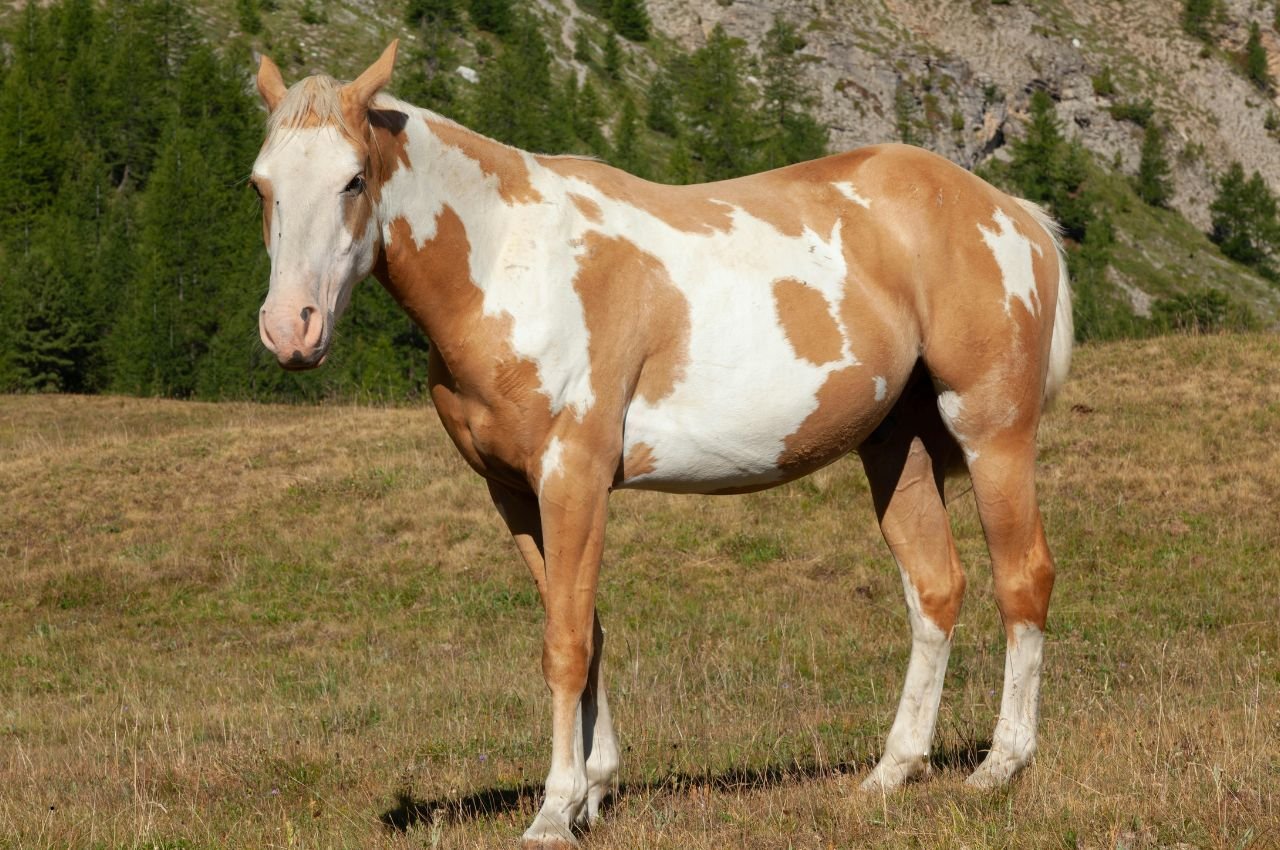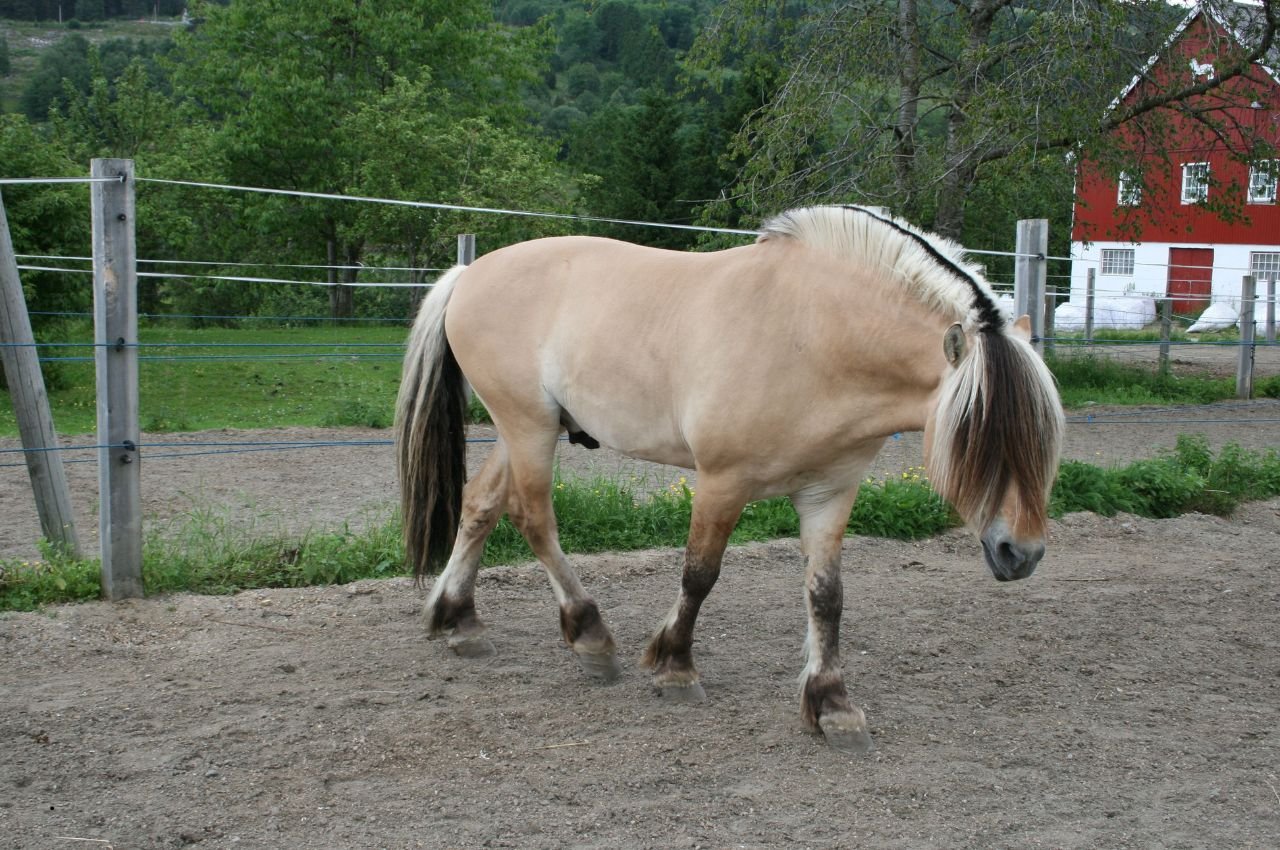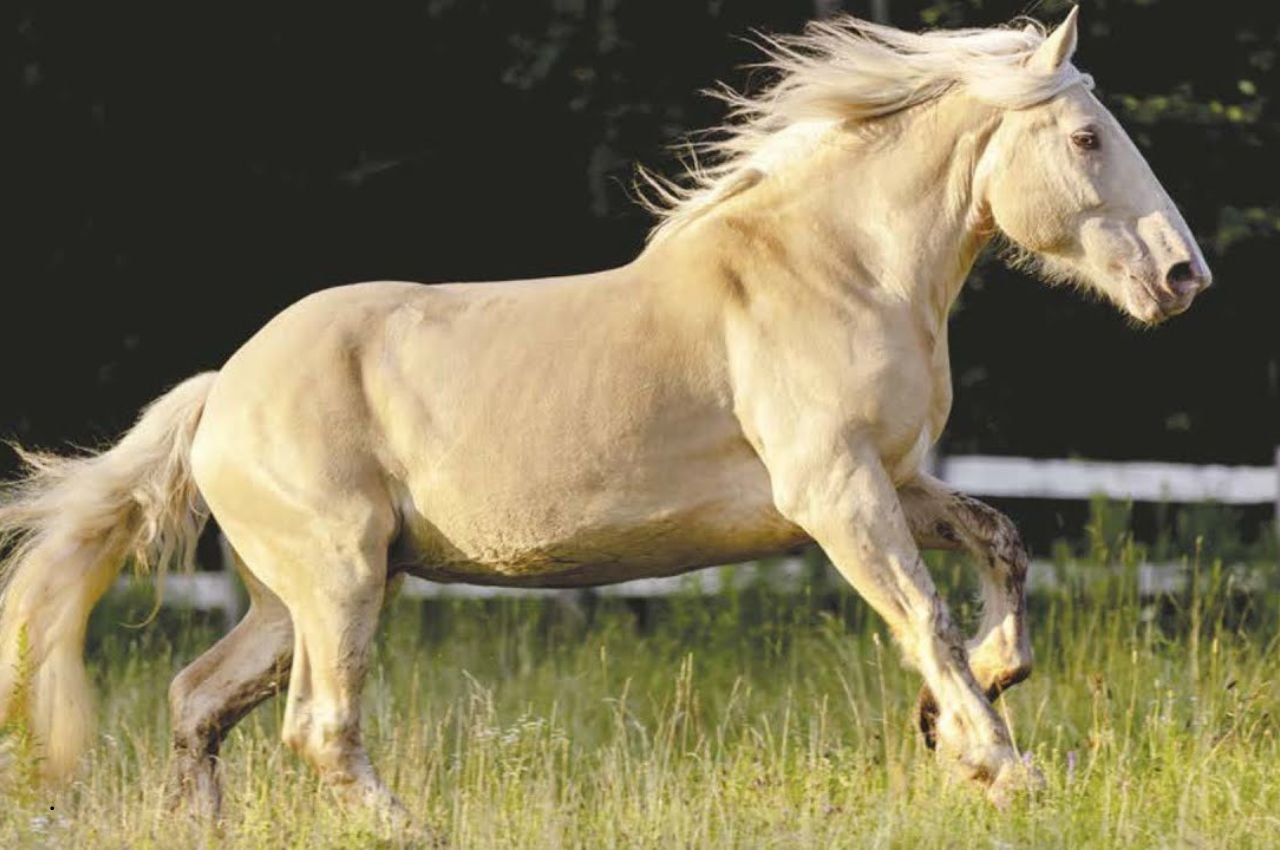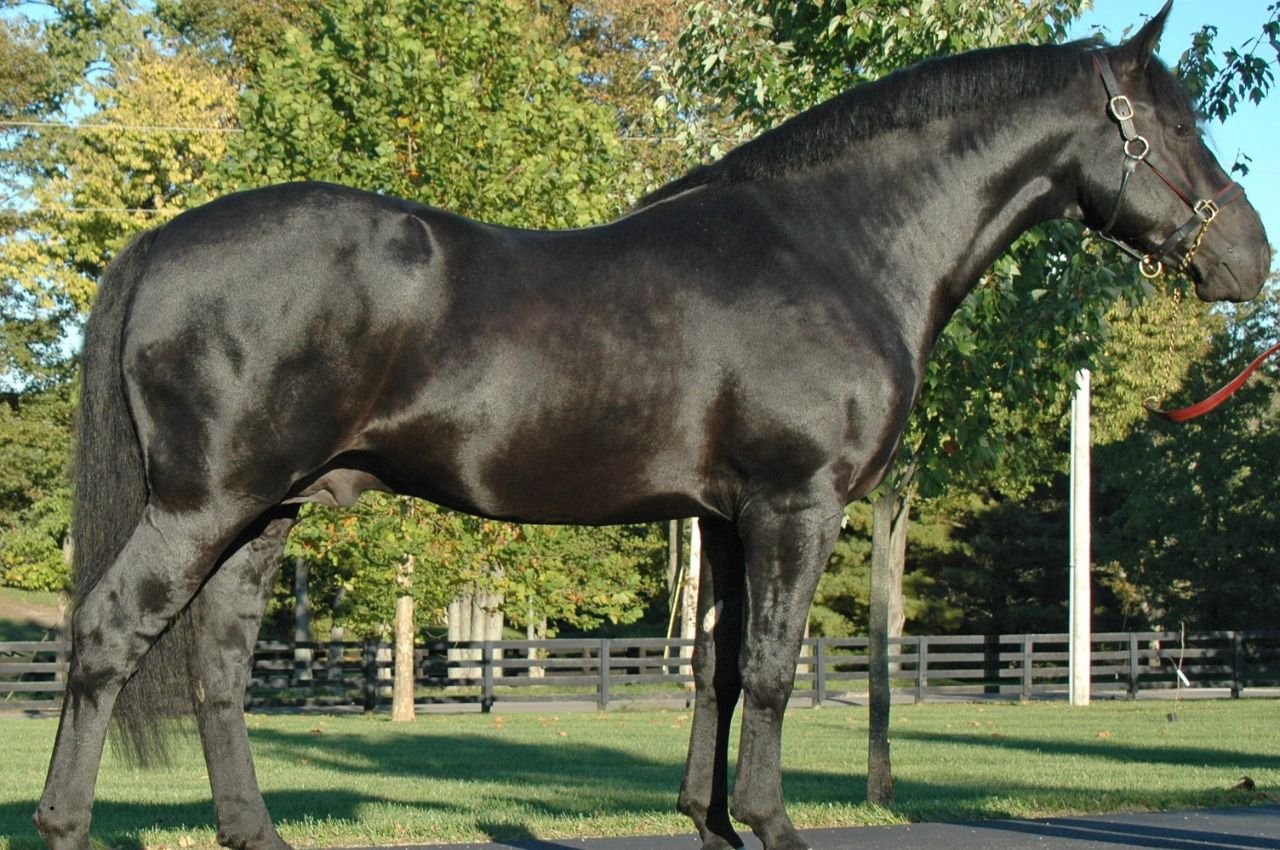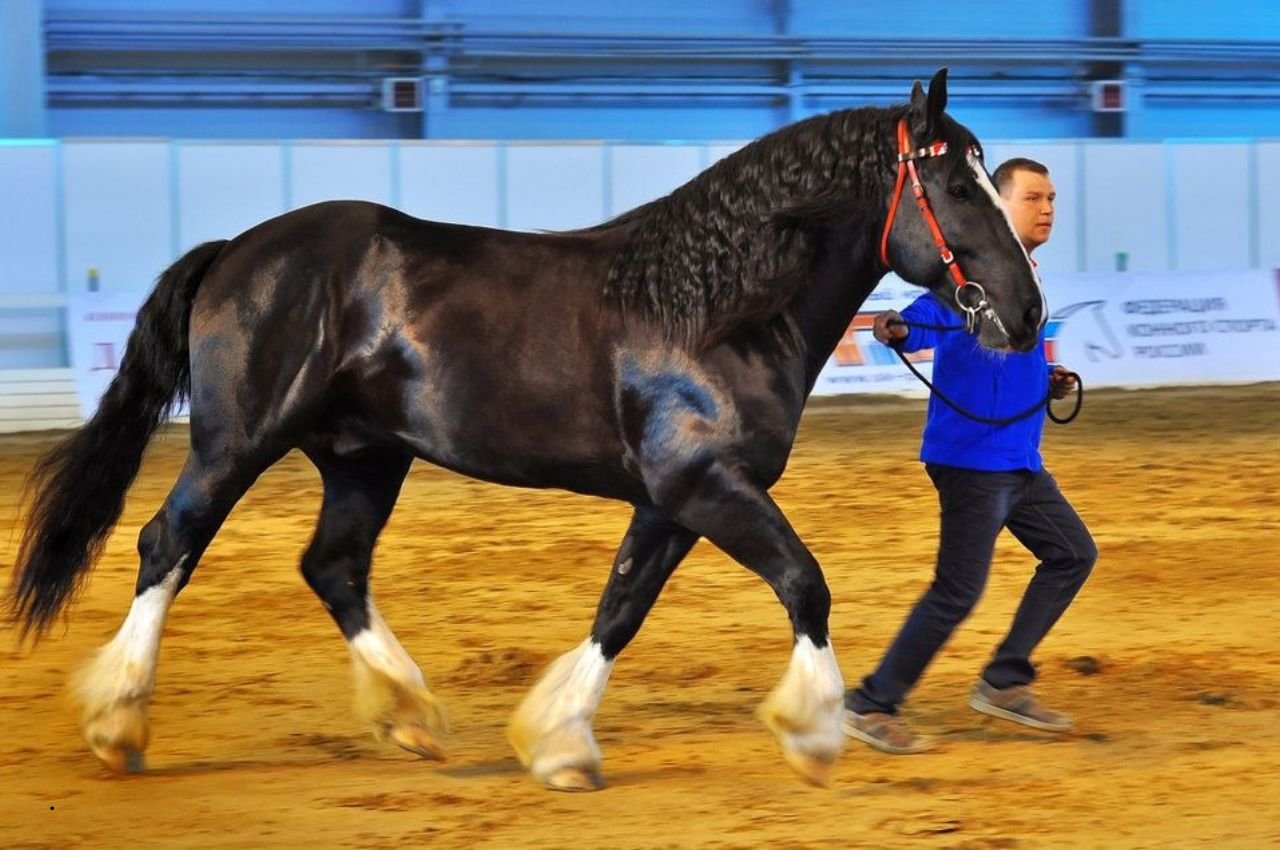Switching your livestock from one type of hay to another might seem like a minor change, but it can have significant impacts on digestion, nutrition, and overall animal health. Whether you’re moving from alfalfa to grass hay, switching suppliers, or adjusting due to seasonal availability, how to transition hay types properly can mean the difference between a smooth shift and digestive upsets.
In this blog, we’ll walk you through five smart, success-driven steps to help you manage the transition with confidence.
Table of Contents
Why You Need to Know How to Transition Hay Types
Hay is a cornerstone of your animal’s diet, especially for horses, cattle, goats, and other ruminants or forage-dependent species. Different hay types—such as timothy, alfalfa, Bermuda grass, or orchardgrass—vary in protein, fiber, calcium, and energy levels. Changing hay types abruptly can lead to:
- Colic or bloat
- Diarrhea or constipation
- Nutritional imbalances
- Reduced feed intake
Knowing how to transition hay types the right way helps you avoid these risks and keeps your animals healthy and productive.
Step 1: Understand the Differences Between Hay Types
Before introducing new hay, understand how it differs nutritionally from your current feed. For example:
- Alfalfa hay is high in protein and calcium—great for lactating animals but too rich for easy keepers.
- Timothy hay is lower in protein and calcium but high in fiber—ideal for maintenance diets.
- Orchardgrass and Bermuda grass offer moderate energy and good palatability but differ in digestibility and mineral content.
Check hay analysis reports if possible. This ensures you’re aware of potential nutritional gaps or surpluses when learning how to transition hay types effectively.
Step 2: Mix Old and New Hay Gradually
The golden rule in how to transition hay types is this: go slow.
Follow a 7–14 day transition timeline:
- Days 1–3: Mix 75% old hay with 25% new hay.
- Days 4–6: Mix 50% old hay with 50% new hay.
- Days 7–10: Mix 25% old hay with 75% new hay.
- Day 11 onward: Move to 100% new hay if no issues are observed.
This gradual approach helps your animals’ gut microbiome adjust to the change without stress.
Step 3: Monitor Animal Behavior and Manure
During the transition, pay attention to:
- Changes in manure consistency
- Signs of colic or bloat
- Appetite changes or refusal to eat
- Energy levels and behavior
These indicators are your early warning signs. If anything seems off, slow down the transition or temporarily revert to more of the old hay until the issue stabilizes.
Step 4: Balance the Diet Accordingly
When you change hay, your overall ration might need tweaking. Consult with a veterinarian or animal nutritionist, especially if:
- You’re managing performance horses or dairy animals
- You’re feeding pregnant or lactating females
- You’re working with animals that are easy or hard keepers
You may need to adjust grain, supplements, or mineral access depending on the nutrient profile of the new hay. A forage analysis can guide you here and is a key tool in mastering how to transition hay types with precision.
Step 5: Store New Hay Properly
Don’t forget the logistics. When transitioning hay types:
- Store the new hay in a dry, well-ventilated area.
- Avoid stacking new hay too tightly as it may still be curing (which can lead to mold or fire risk).
- Label new and old hay clearly to avoid mix-ups during feeding.
Proper storage ensures you don’t undermine your hard work with spoilage or waste.
FAQs About How to Transition Hay Types
How long does it take to transition between hay types?
A typical transition should take 7 to 14 days. This gives the animal’s digestive system time to adjust to the new forage. For sensitive animals, a longer transition may be necessary.
Can changing hay types cause colic or digestive issues?
Yes, sudden changes in hay can disrupt gut microbes and lead to colic, bloat, or diarrhea—especially in horses and ruminants. Always transition gradually to minimize risks.
Should I get my new hay tested before feeding it?
Absolutely. Forage testing helps you understand the nutritional profile of your new hay and ensures it meets the dietary needs of your animals. It also helps in balancing rations accurately.
Is it safe to feed different types of hay together long-term?
Yes, feeding a mix of hay types can be beneficial, as it provides a variety of nutrients and improves palatability. However, ensure the blend is consistent and meets the animals’ dietary needs.
What are signs that the hay transition isn’t going well?
Watch for:
Loose or dry manure
Loss of appetite
Lethargy
Bloating or discomfort
These may indicate digestive upset. If signs appear, slow the transition or consult a vet or nutritionist.
Final Thoughts on How to Transition Hay Types
Knowing how to transition hay types is essential for responsible animal care. While hay changes are sometimes necessary due to cost, availability, or dietary needs, they should never be rushed. By understanding the nutritional shifts, using a gradual mix-in method, monitoring animals closely, and seeking expert help when needed, you can make the transition smooth and successful.
Remember: when in doubt, go slow, observe carefully, and prioritize animal health above all.



